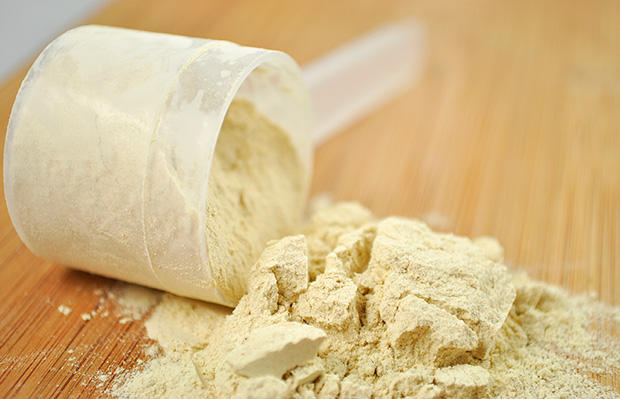Rice that had been "improved" to produce higher yields, had 10 to 12% fewer calories when cooked via this method, says Sudhair James, the undergrad researcher who presented these findings at the National Meeting & Exposition of the American Chemical Society last week. But James is optimistic that using this method on traditional heirloom varieties, particularly some varieties of red rice—could result in a calorie reduction of up to 50 to 60%. And yes, even if you reheat your rice, the caloric count won't change.
How it happens: The cooling process, along with fat from the oil, increases rice's amount of resistant starch (RS), an indigestible form of carbs that your small intestine can't break down and convert to glucose.
Better still, the trick may also work for other starchy foods like pasta, beans, cereals such as oatmeal, and tubers like potatoes: A similar study showed that cooking, cooling, and then reheating these foods significantly increases RS levels.
Finally, RS isn't just good for cutting calories, either. This magical starch has been linked to improved insulin sensitivity, better gut function and digestion, greater feelings of fullness, and increased fat burn.




